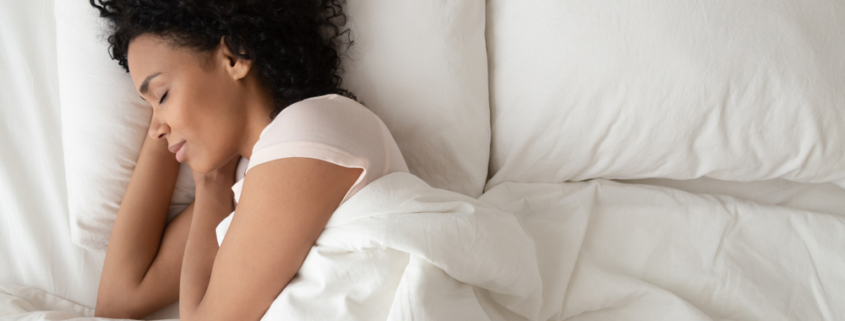What You Need to Know About Treatment of Sleep Apnea
Sleep apnea is a condition that can cause discomfort and tiredness for many people. There are multiple causes that can lead to the condition. Here we’ll cover some of those causes and address some of the treatments.
What Are the Most Common Causes of Sleep Apnea?
There are two main types of sleep apnea. The most common is called obstructive sleep apnea (OSA). The other form is called central sleep apnea and is a result of the brain not sending the correct signals to allow a person to breathe during sleep. OSA is caused by some kind of obstruction to the airways. Both the US National Heart, Lung, and Blood Institute, and the UK National Health Service list some of the most common causes of this obstruction. Among these are obesity, large tonsils, excess growth hormone leading to increased throat size, age, and changes in facial bone structure.
How Is Sleep Apnea Treated?
Sleep apnea is typically treated through the use of a CPAP machine. This stands for continuous positive airway pressure. The machine works by continuously and gently pumping air into a mask worn over the mouth and nose during sleep. This works by preventing your airways from narrowing while you sleep, thus improving your breathing. However, there are other options. An alternative is a device called a mandibular advancement device (MAD).
Although a post on the Harvard blog site suggests that this may not be effective for those with the more severe forms of the condition, a MAD may be useful for those with mild sleep apnea.
A MAD is a gum-shield-like device that works by pushing the lower jaw forward during sleep. This helps to open the airway, reducing breathing pauses. Its main advantage over the CPAP machine is increased comfort. Comfort is important in treating sleep apnea as compliance with the treatment is necessary for success. A MAD allows a patient to sleep on their side, rather than on their back, as with the CPAP.
Why Should I See a Dentist About Sleep Apnea?
Dr. Mandanas is a dentist, and you may be wondering what sleep apnea has to do with your teeth. However, Dr. Mandanas prides herself on her holistic and integrative approaches to dentistry. As a result of her experience with the mouth and its structure, she has a good idea of when patients may have an oral structure that could lead to sleep apnea. Although Dr. Mandanas is not able to provide diagnoses, she is able to identify symptoms and recommend a visit to your doctor to get a proper diagnosis.
If you are diagnosed with sleep apnea, contact Dr. Mandanas and she will be able to help with finding a treatment that works for you!



